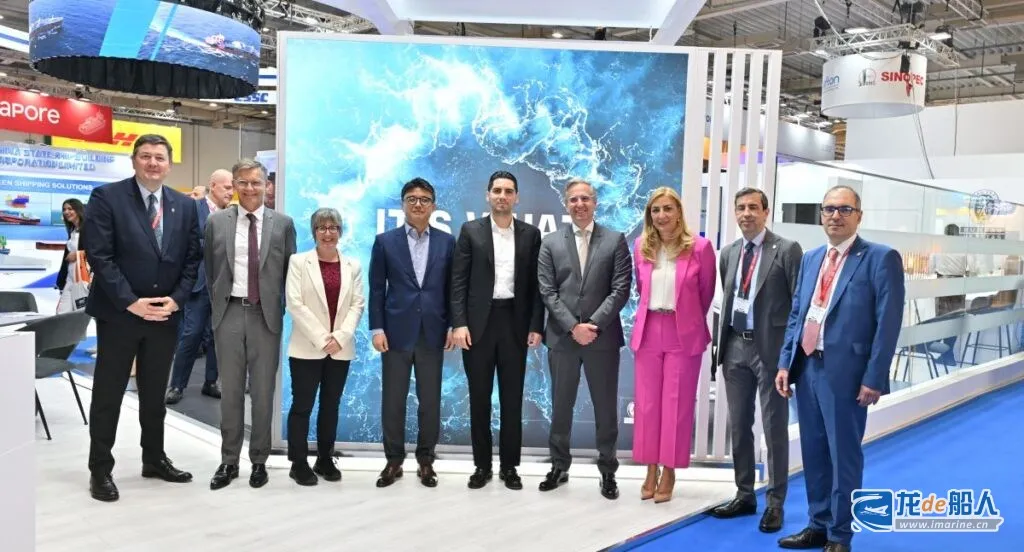South Korea’s three largest shipbuilders have recently launched new designs for very large liquid ammonia carriers (VLACs).
Samsung Heavy Industries’ 150,000 cbm ammonia-fueled VLAC has received Approval-in-Principle (AiP) from the Korean Register of Shipping (KR) during the Posidonia 2024 maritime event held in Athens.

The design of this VLAC is part of a joint development project between Samsung Heavy Industries and KR for large-scale transportation of ammonia while using ammonia as a marine fuel to ensure zero carbon emissions during operation. Samsung Heavy Industries was responsible for the conceptual design of the fuel system, including fuel supply, ventilation and gas monitoring systems. Meanwhile, Samsung Heavy Industries and KR have signed a Memorandum of Understanding (MOU) for the 9300 TEU Neo-Panamax ammonia-fueled container ship. Samsung Heavy Industries is responsible for the layout of the main systems for the application of ammonia fuel to the container ship; KR is responsible for verifying the compliance of the relevant design and granting AiP.
HD Hyundai Heavy Industries and Greek owner Capital Gas have received AiP from the American Bureau of Shipping (ABS) and the Liberian Registry for their VLAC design. The VLAC design integrates an ammonia power system from Amogy, a US-based ammonia power solutions company.

Under the Joint Development Program (JDP), HD Hyundai Heavy Industries, Capital Gas, and Amogy, along with the ABS and the Liberian Registry, are collaborating on the design of a 93,000 cbm VLAC, which will provide approximately 1,400 kilowatts of auxiliary power through the installation of Amogy’s ammonia power system.
Amogy’s ammonia power system is said to split or “crack” liquid ammonia into two basic elements, hydrogen and nitrogen, and then delivers the hydrogen to a fuel cell to provide high-performance electricity without carbon emissions. The granting of this AiP means that the Amogy technology meets the feasibility of applying it to the relevant regulatory guidelines for VLAC.
HD Hyundai Heavy Industries officials said the joint development project brings the company one step closer to realizing the International Maritime Organization’s 2050 net-zero greenhouse gas emissions strategy by analyzing the safety of fuel cells in VLACs.
South Korean shipbuilder Hanwha Ocean (formerly Daewoo Shipbuilding & Marine Engineering), Bureau Veritas (BV), and Greek shipping company Naftomar Shipping and Trading will collaborate on the development of the VLAC.

According to BV, the project will work to help ensure a modern VLAC design can be safely built to operate with both LPG and ammonia as fuel. It will use the current Bureau Veritas rules for ammonia NR 671 as fuel as the basis for helping ensure safety.
The focus will be on global safety aspects, specifically including: ammonia fuel supply system, leak detection, ammonia fuel containment and ammonia bunkering, including hazard identification (HAZID) workshops, BV noted.
Vassilios Dimoulas, Bureau Veritas’ Technology and Innovation Director said that this is an “important project to work with the owner and shipyard to provide a safe pathway to enable a ship designed to carry ammonia, to run on ammonia as fuel. The challenges are specific to ammonia but the process of using a risk based approach and alternative design concepts are ones proven with our decades of work in the seaborne trade in LNG and LNG as fuel – but, we must emphasize, the challenges of ammonia are very different to those of LNG.”


